X
Electric hoists represent their own machinery, strength, and toughness, while the stage is elegant, flowing, and soft, with conflicts and collisions between the two.
The stage hand - chain hoist can be regarded as a capable little assistant on the stage. It has an exquisite structure, is effortless to install, occupies minimal space, and can be perfectly integrate
Category : Stage Chain Hoist Series
Get a Quote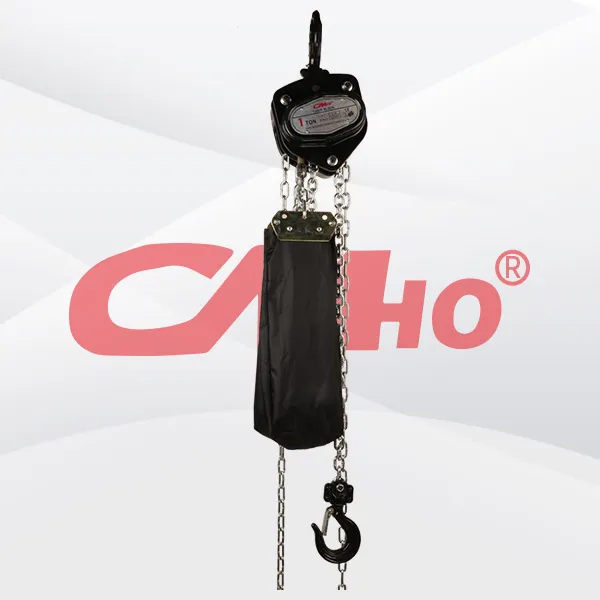
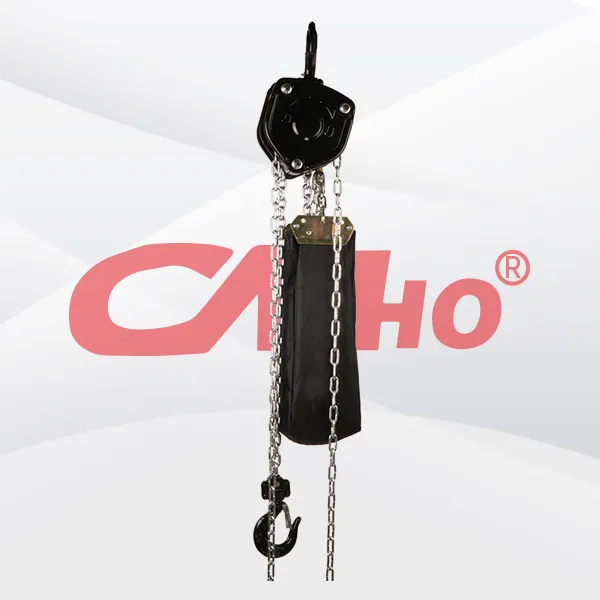



Product Details
- **Connection Parts**: Check whether the bolts and nuts at each connection part are loose. If they are loose, they should be tightened in a timely manner to prevent components from falling off during operation and triggering safety accidents.
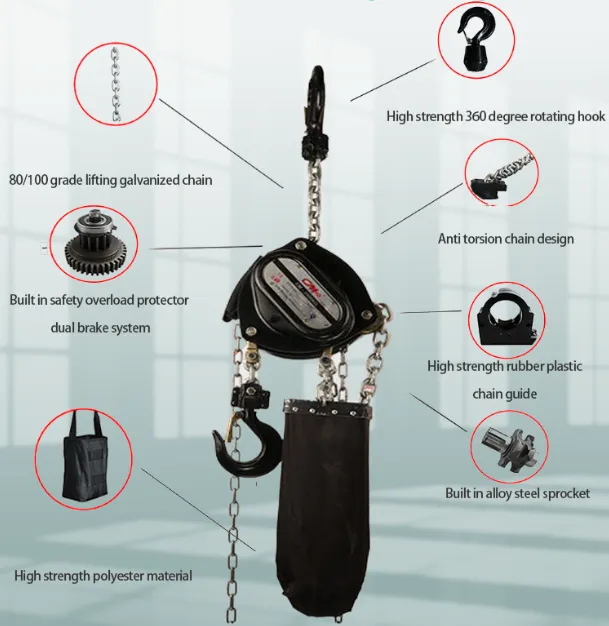
Previous: Stage Specific Stage Chain Hoists
Next : Stage Hand Chain Hoist
RELATED PRODUCTS .
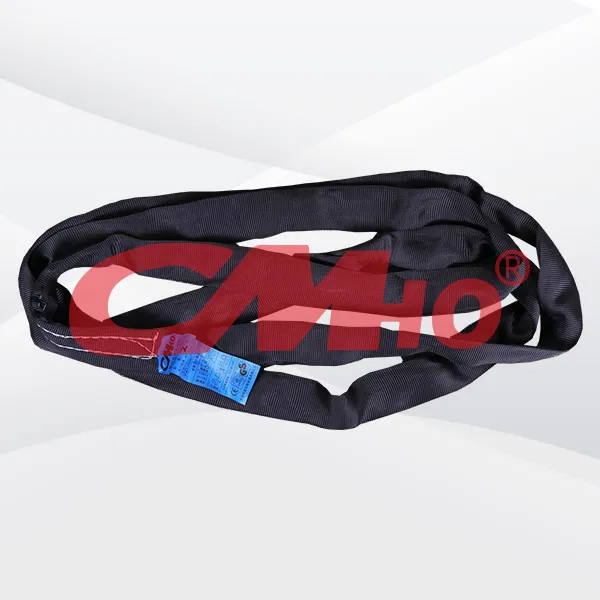
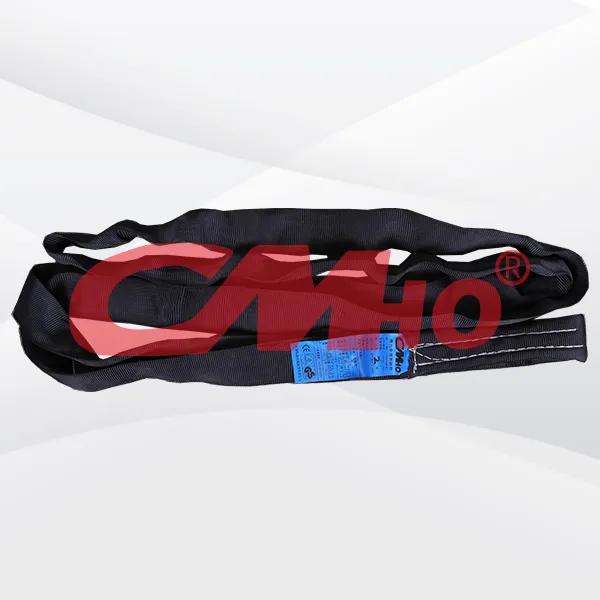
Through material innovation and specification segmentation, lighting lifting webbing slings can meet the hoisting needs of most stage lighting equipment. When selecting slings, it is essential to cons
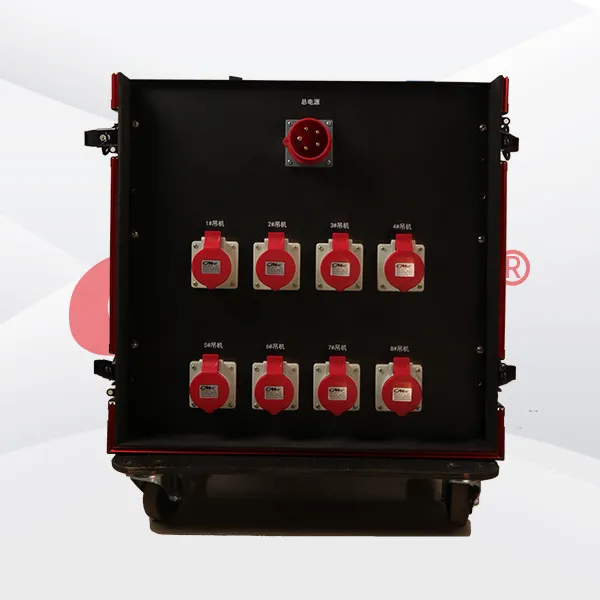
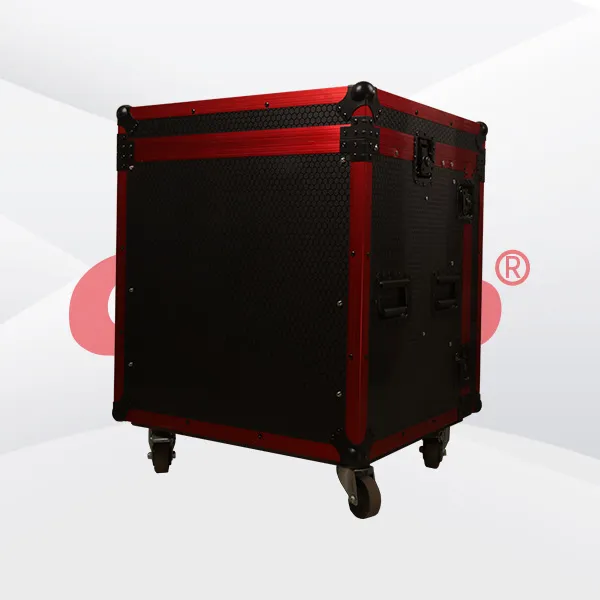
A flight case truss hoist controller is an essential tool for mobile rigging teams, combining portability, safety, and precision in a single, rugged package. By integrating control systems, power mana
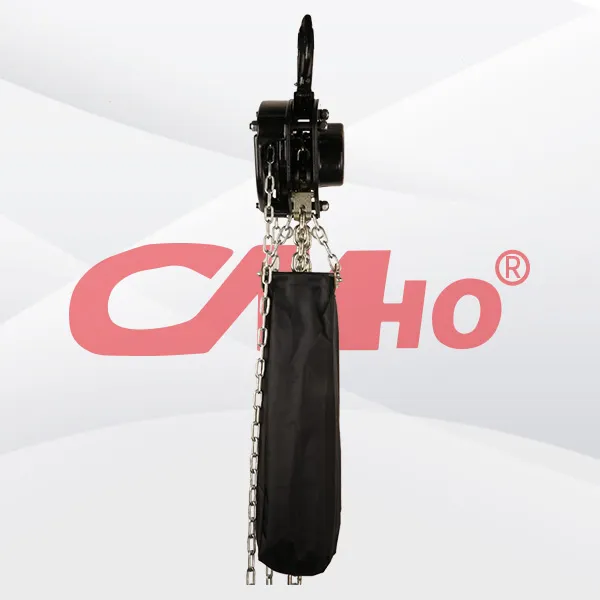
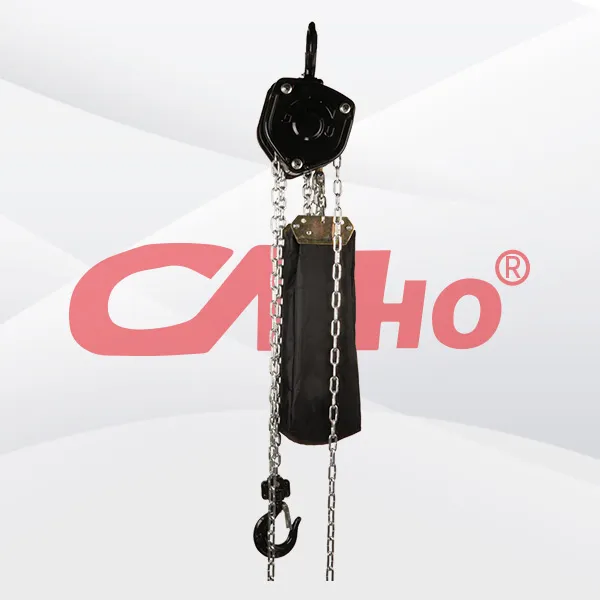
Stage safety chain hoists are predominantly used in professional stage environments, including theaters, concerts, bars, and television studios.
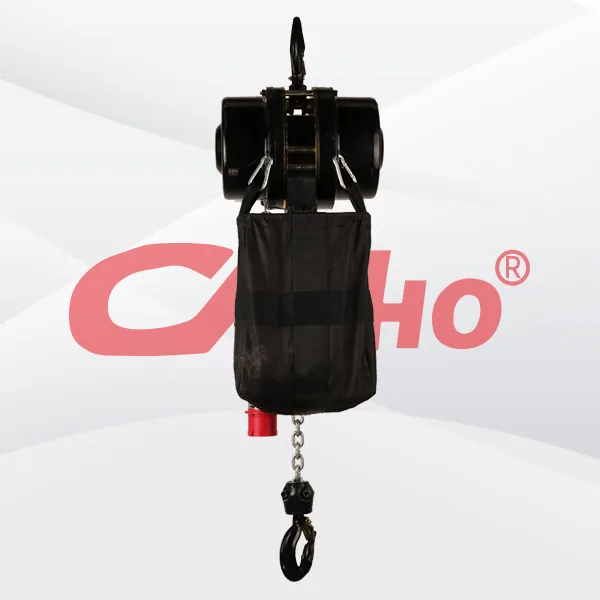
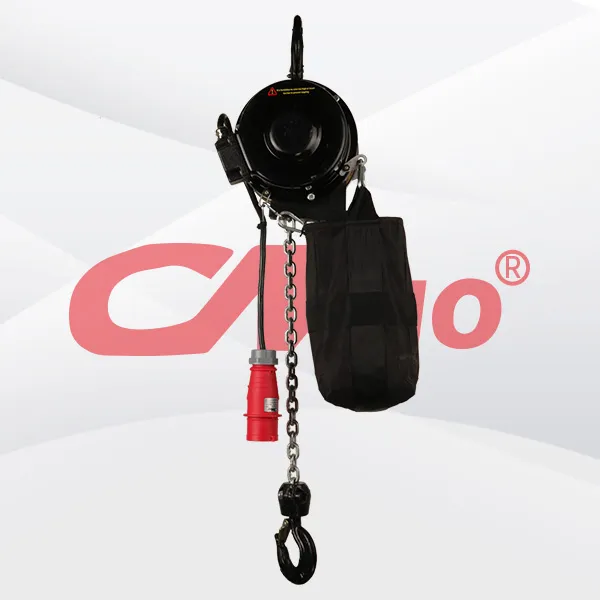
CE certified truss hoists are essential for venues prioritizing safety, compliance, and operational efficiency. Their robust design and EU-approved standards make them ideal for diverse applications,
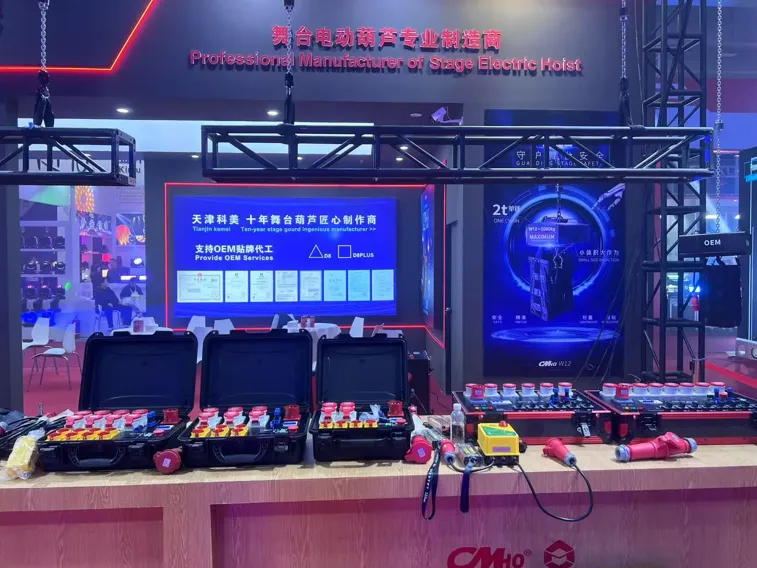
2025-02-28
创始人
0
The participation of Tianjin Kemei in the Guangzho...
Tianjin Kemei made a remarkable and eye-catching appearance at the Guangzhou (International) Performing Arts Equipment, Intelligent Acoustic, Optical and Electrical Products...
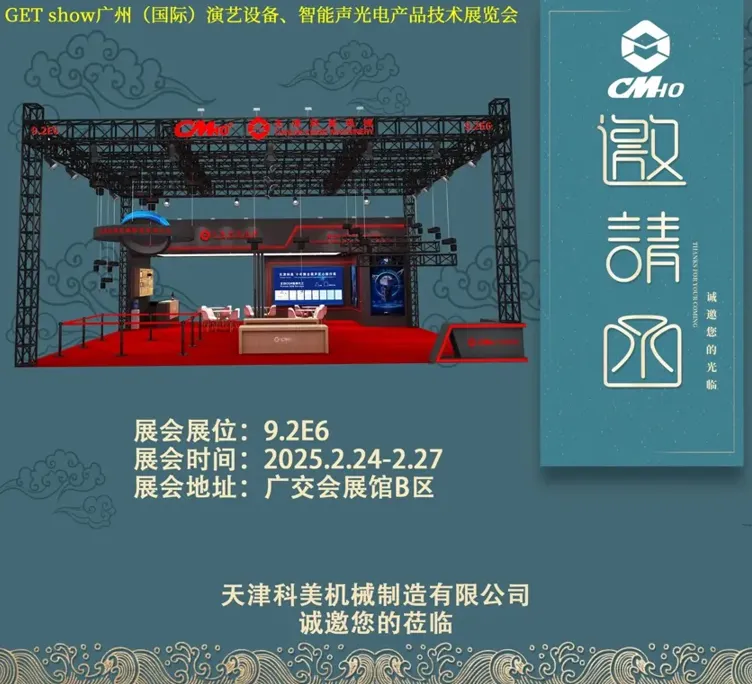
2025-02-27
创始人
0
Guangzhou (International) Performing Arts Equipmen...
In the era of the rapid development of stage lifting equipment and intelligent acousto - optic technology, every industry event serves as a crucial opportunity for innovatio...
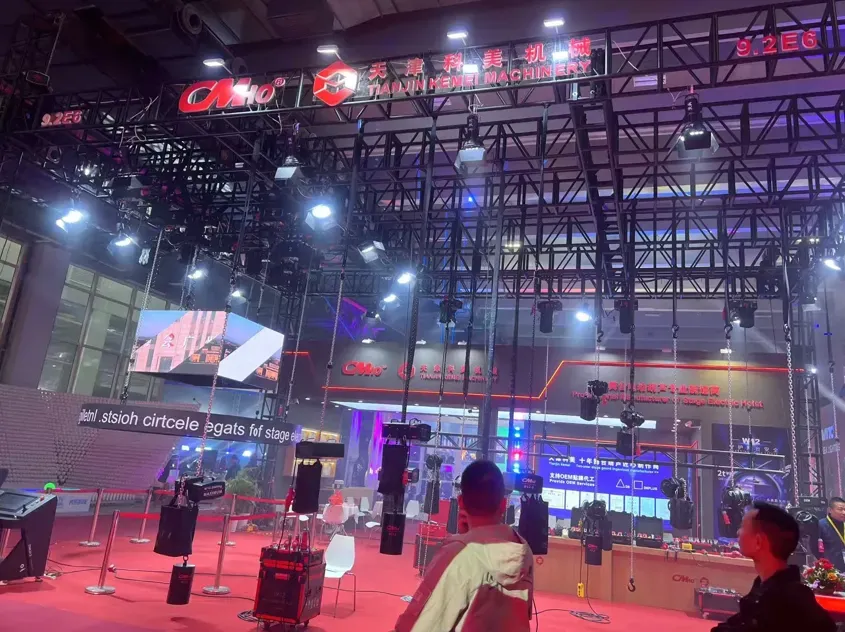
2025-02-27
创始人
0
GET show Guangzhou (International) Performing Arts...
Tianjin Kemei Machinery Manufacturing Co., Ltd. has been deeply engaged in the stage equipment manufacturing field for many years and has developed into a modern benchmark e...
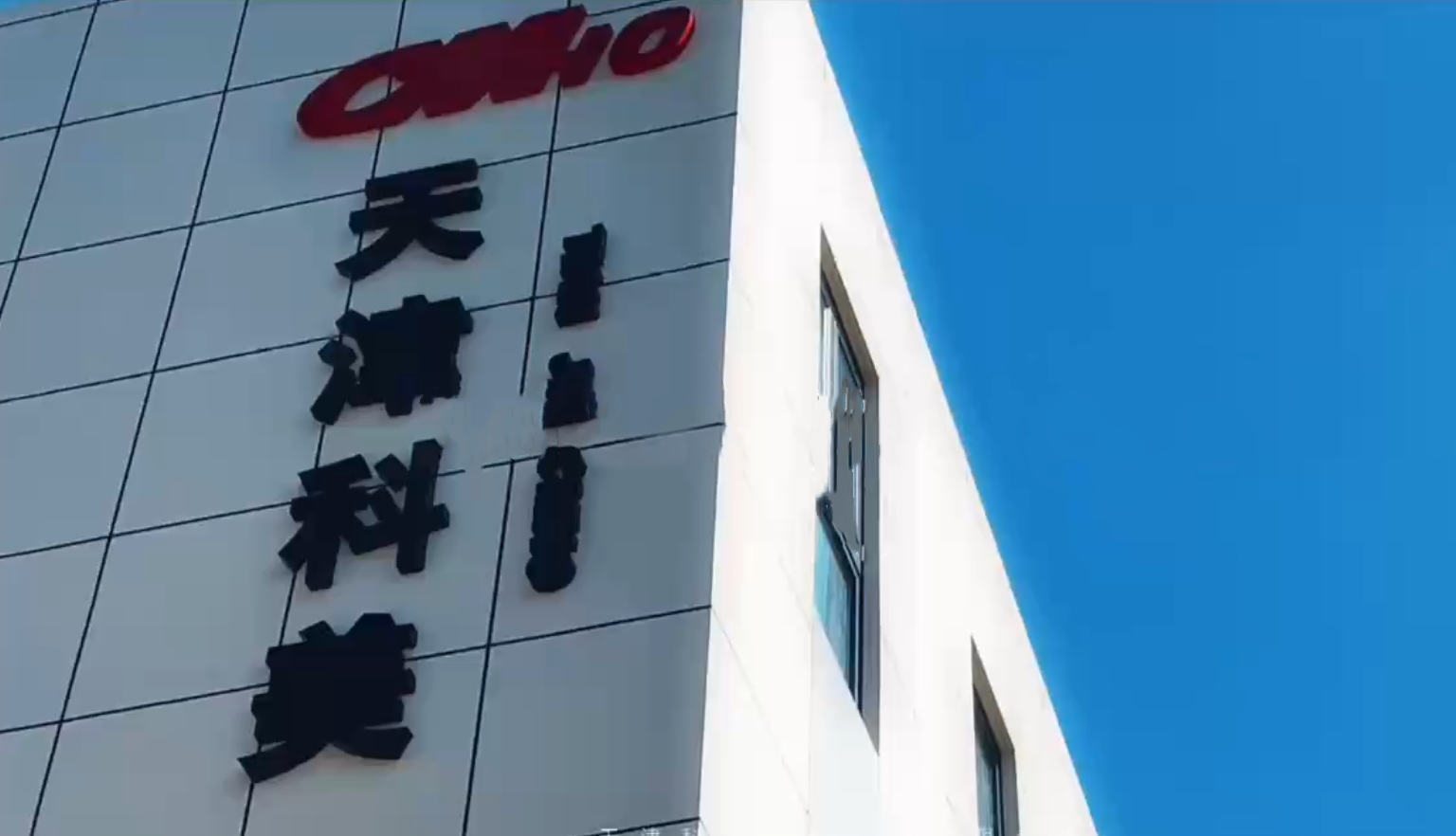
2024-09-24
admin
0
Tianjin Kemei Machinery Manufacturing Co., Ltd. Ne...
Tianjin Kemei Machinery Manufacturing Co., Ltd.: New Starting Point, New Journey - New Factory Relocation Record

